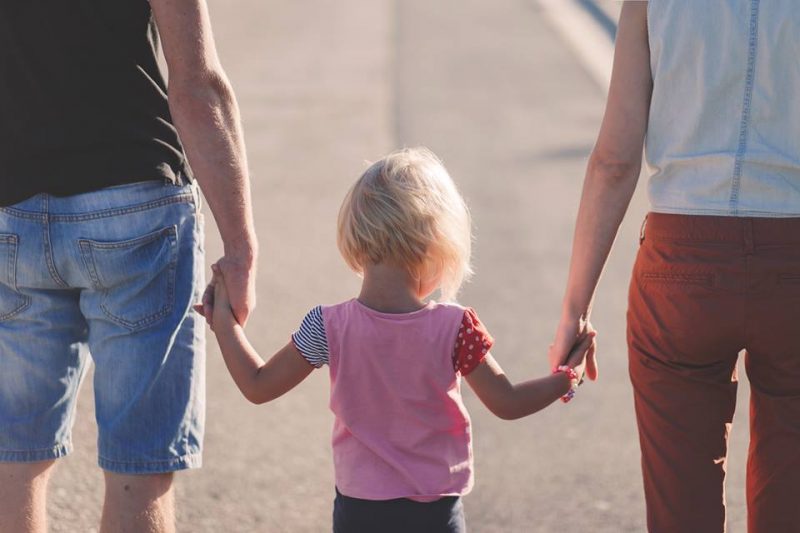Numbers of Children in Foster Care Lower than a Decade Ago Report Shows.
Image : Pexels
The last foster care statistics provided by Child Welfare Information Gateway show a decrease in children in foster care. Stats tallied on September 30, 2015, show an estimated 427,910 children in, entering, or exiting a foster care situation. In 2006, over a decade ago, the number of children in, entering, or exiting was at 510,000.
Entries into the foster care system in 2006 were at 303,000. In 2015, entries had lowered to 269,509. Exits out of the foster care system were also lower compared to 2006’s stats. With 289,000 exiting the foster care system in ’06, compared to the 243,060 exiting in ’15.
Certain agencies, such as these adoption agencies in California, have played a pivotal role in helping to connect adoptive parents with children in the foster care system.
Decrease shows better planning and goal-oriented outcomes
Improvement is being made by policy makers and local agencies to place children in permanent homes. Of the children exiting the foster care system in 2015, 51 percent of them were reunited with a primary caregiver or parent. 22 percent of the children found permanent adoptive homes, and 9 percent were emancipated.
Various reasons are attributed to the decline in children entering the foster care system. One reason proposed by the Children’s Defense Fund cites policy and practice improvements. These policies refer to those in the Fostering Connections to Success and Increasing Adoptions Act of 2008.
An example of a policy effective October 1, 2010, provided federal funds to local government to support youths up to 21 years old in foster care. With the goal of finding permanent adoptive homes. This allowed local governments additional time to find permanent guardians for these youths.
What circumstances cause a child to enter the foster care system?
- Illness of a parent. If a parent’s health causes a decline in care-giving abilities. And the parent is unable to meet the financial needs of caring for themselves, as well as caring for the needs of their children. If a parent has no relatives who can step in and provide guardianship, then foster care is often chosen.
- Neglect of parental duties. If a child is being neglected, and his or her basic needs for food, clothing, shelter, and an education are not being met. In such situations, a court may decide to remove the child from this situation and place him or her into the foster care system.
- Abusive parents or home situation. If a child is in danger or has received physical abuse, which has resulted in injury. If a child has been sexually abused by a parent or a caregiver. If a child has been the target of emotional or psychological abuse that impairs the child’s emotional development. In these situations, a court may decide to move a child from that abusive situation and place him or her in a foster care situation.
- Abandonment by a parent. Children who are abandoned by a parent may enter foster care if they have been left alone for an extended period of time.
- Death of a parent. Often, children can find a home with relatives if a parent dies. However, in some cases, this is not possible. For example, when there are no close relatives who can provide necessary care, the foster care system is an alternative.
- Voluntary placement in foster care. In some rare circumstances, parents who are unable to support their children, relinquish them to the foster care system.
What types of foster care placements are available to children in foster care?
- Nonrelative foster family homes. According to most recent figures, 45 percent of children in the foster care system are placed in non-relative foster family homes.
- Relative foster homes. Children can be placed with relatives but still be considered as being in foster care. Unless a placement moves to the adoption stage, a child is considered to be in the foster care system. 2015 stats show 30 percent of foster care children in relative foster homes.
- Institutions. The third highest placement of children in foster care at 8 percent is institutions.
The above 3 are the top placement settings in which foster care children are placed. Other placements have notably lower percentage. 6 percent of children in foster care are in group homes. 4 percent are in pre-adoptive homes. 5 percent are in trial home visits. And 1 percent are classified as runaways. A final 1 percent are classified as in supervised independent living.
.




